When tubeless bike tyres were first introduced, they sparked considerable excitement in the market. Over time, these tyres have become increasingly common, often replacing traditional tubed tyres. Despite their benefits, many riders still prefer the classic tube and tyre setup. Let’s explore the differences between these two types of bike tyres.
Tubeless Bike Tyres
As the name suggests, tubeless tyres are installed without an inner tube between the wheel and the tyre. The airtight fit allows air to be filled directly into the tyre. Tubeless bike tyres come in two varieties: bias-ply and radial.
- Bias-Ply Tubeless Tyres: Made from multiple layers of rubber that form both the sidewall and the crown, these tyres can overheat at high speeds.
- Radial Tubeless Tyres: These tyres allow the sidewall and tread to function independently, providing better grip and cooler operation.

Tubeless tyres typically use a medium-thick rubber compound for enhanced durability and mileage.
Advantages of Tubeless Bike Tyres:
- Highly durable
- Low maintenance
- Puncture-resistant
- Can be ridden even with a puncture
- Quick puncture repair
- Lightweight, which improves fuel efficiency
Disadvantages of Tubeless Bike Tyres:
- Cannot be repaired if heavily damaged
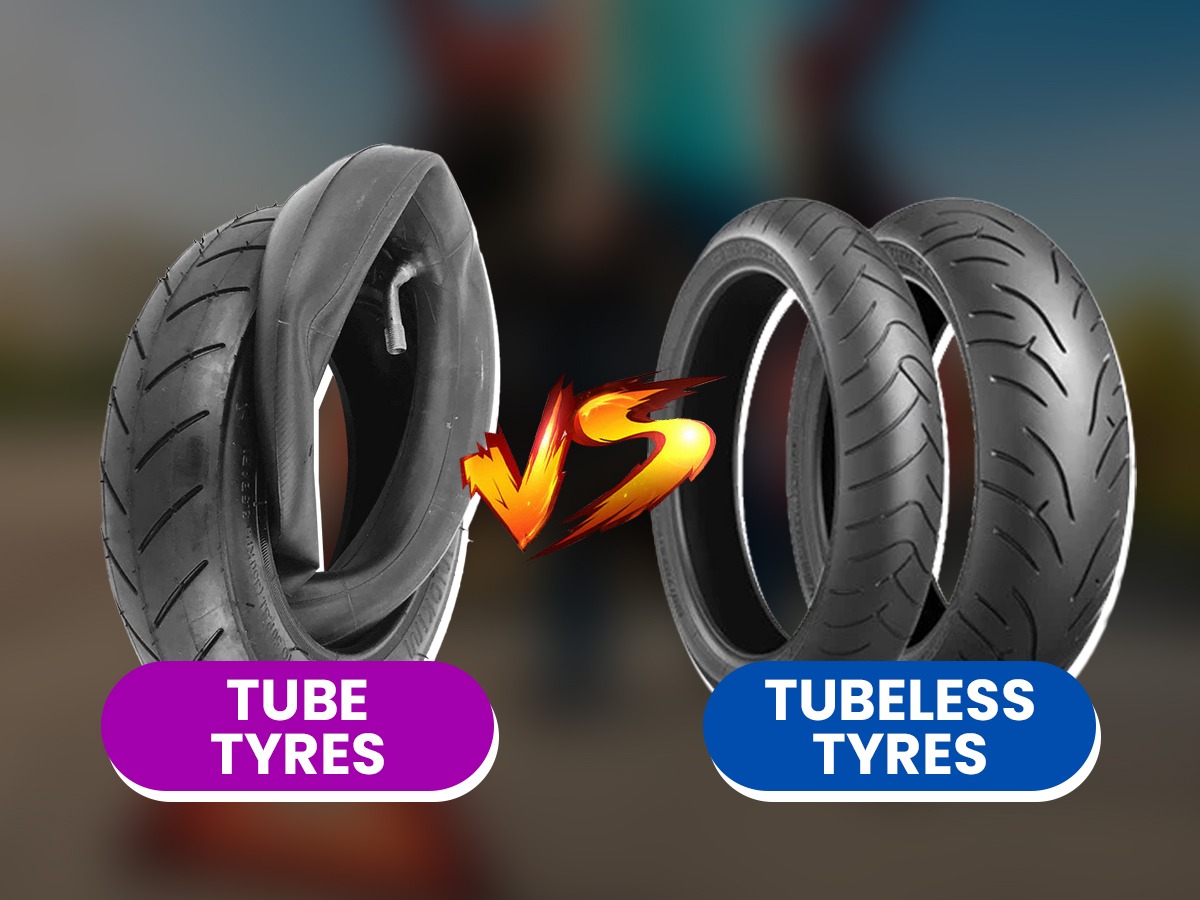
Tube-Type Bike Tyres
Tube-type tyres include an inner tube between the rim and the tyre for inflation. Made from softer rubber compounds, these tyres offer better grip. Key points to consider:
- The bonding between the tyre and wheel isn’t airtight due to the tube.
- Tube-type tyres are often used with forked wheels, as the spokes can affect the tyre on rough terrain, with the tube providing a protective layer.
Advantages of Tube-Type Bike Tyres:
- Good road grip
- Tube replacement can extend tyre life
- Slightly cheaper than tubeless tyres
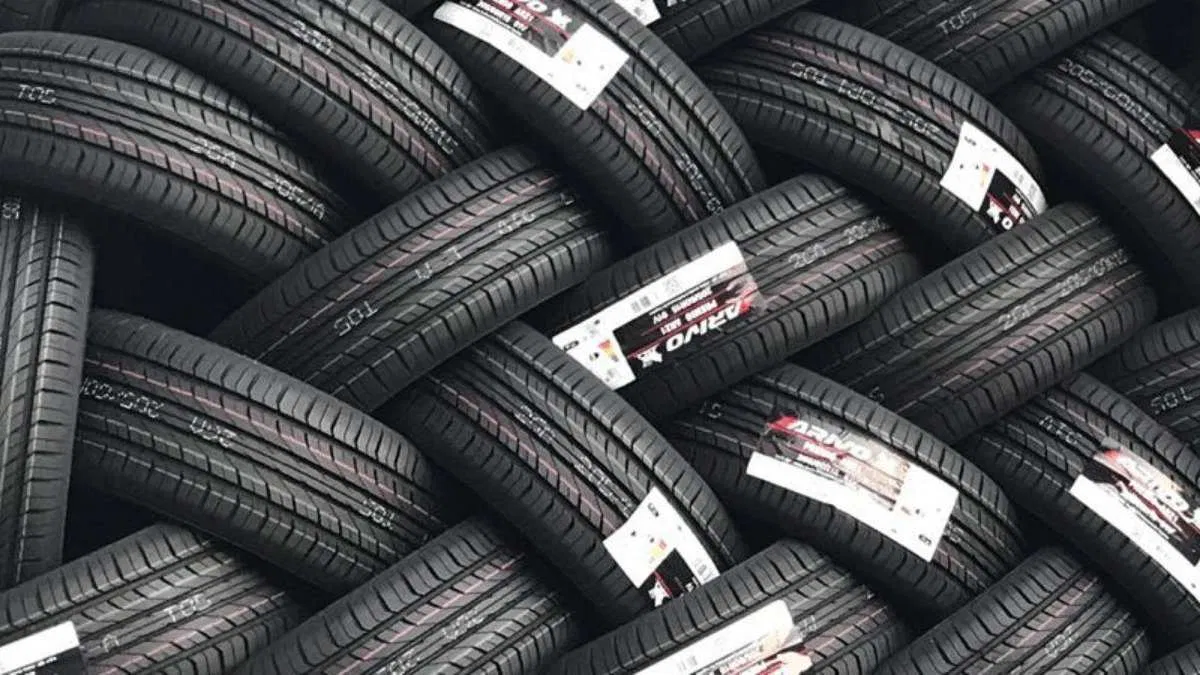
Disadvantages of Tube-Type Bike Tyres:
- More prone to punctures
- Sudden air loss when punctured
- Higher maintenance, as the tyre needs to be removed for tube repairs or replacement
- Heavier, which may impact fuel efficiency
Conclusion
Overall, tubeless tyres are generally the better choice for new bike or scooter purchases. They offer easier operation, require less maintenance, and most tyre shops now have the necessary tools for puncture repairs on tubeless tyres.
Also Read: Five Essential Tips to Prevent Tyre Bursts and Car Fires During the Heatwave

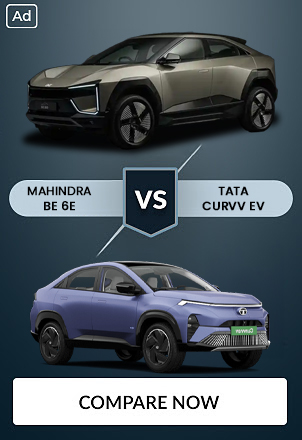





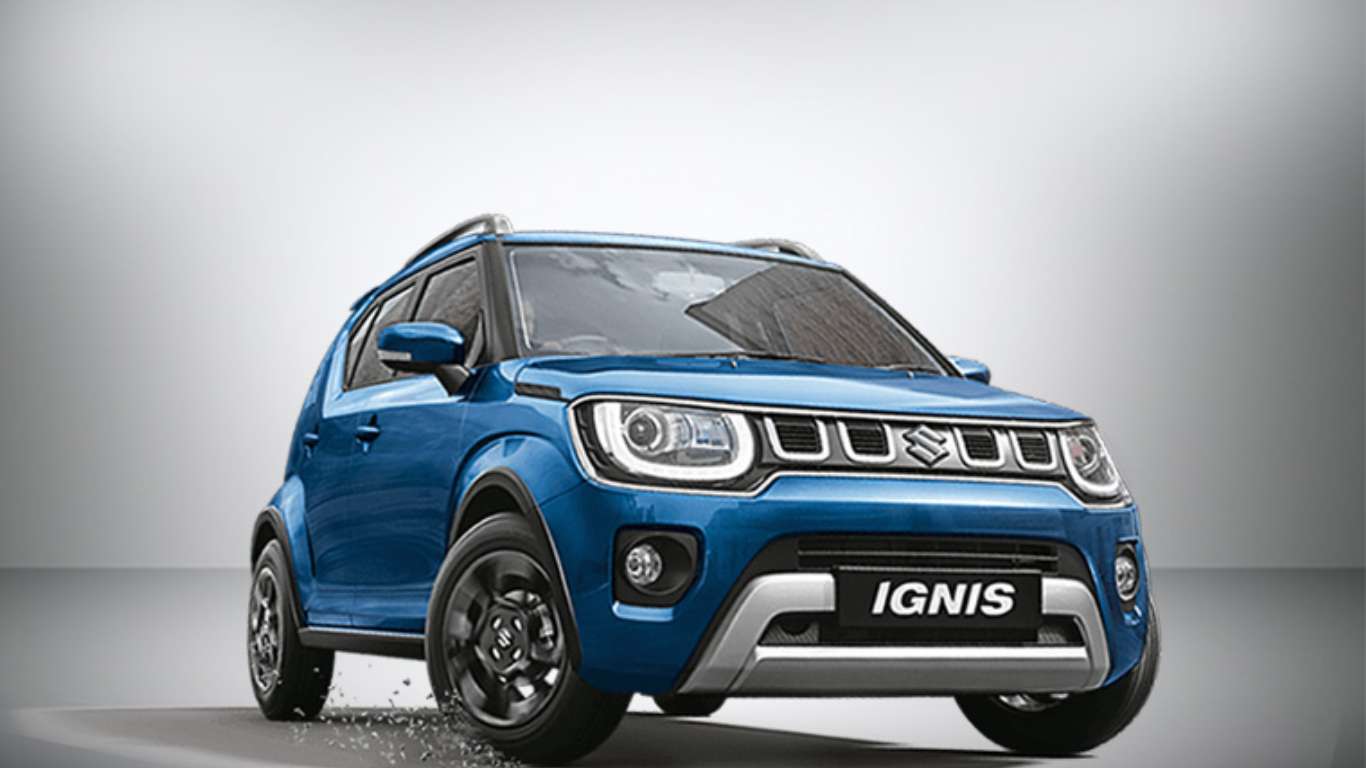
_1768559188.webp)
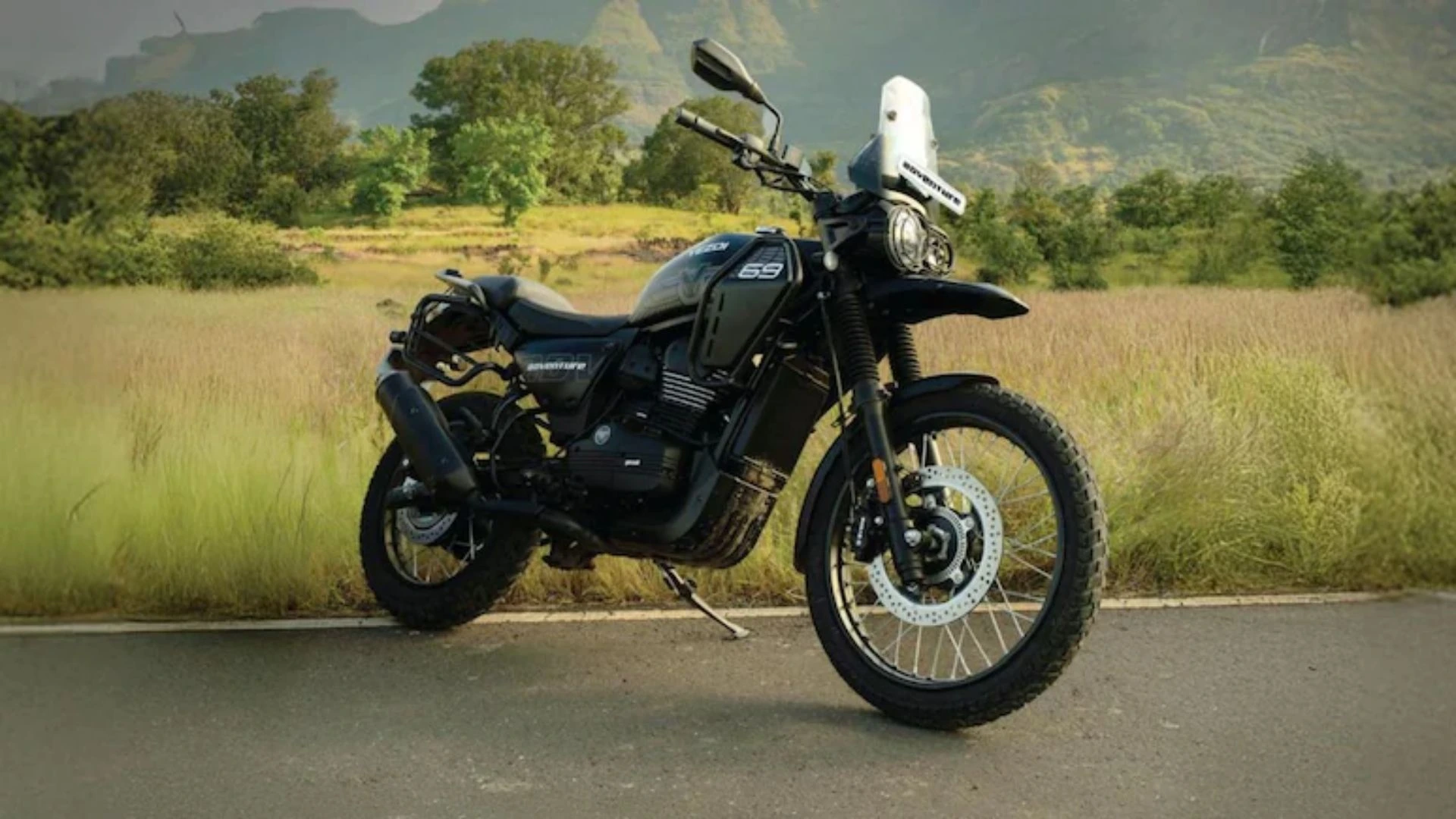
_1768546007.webp)
